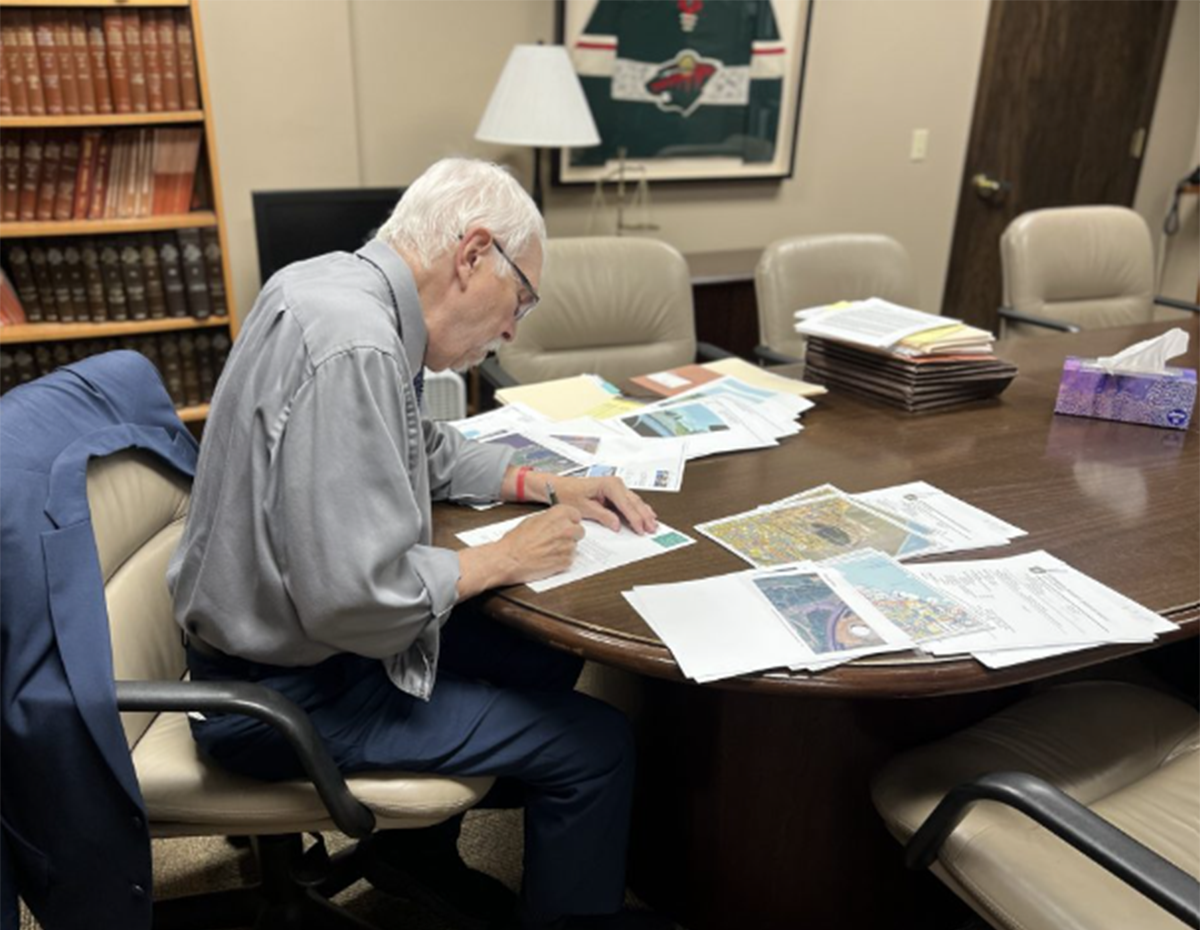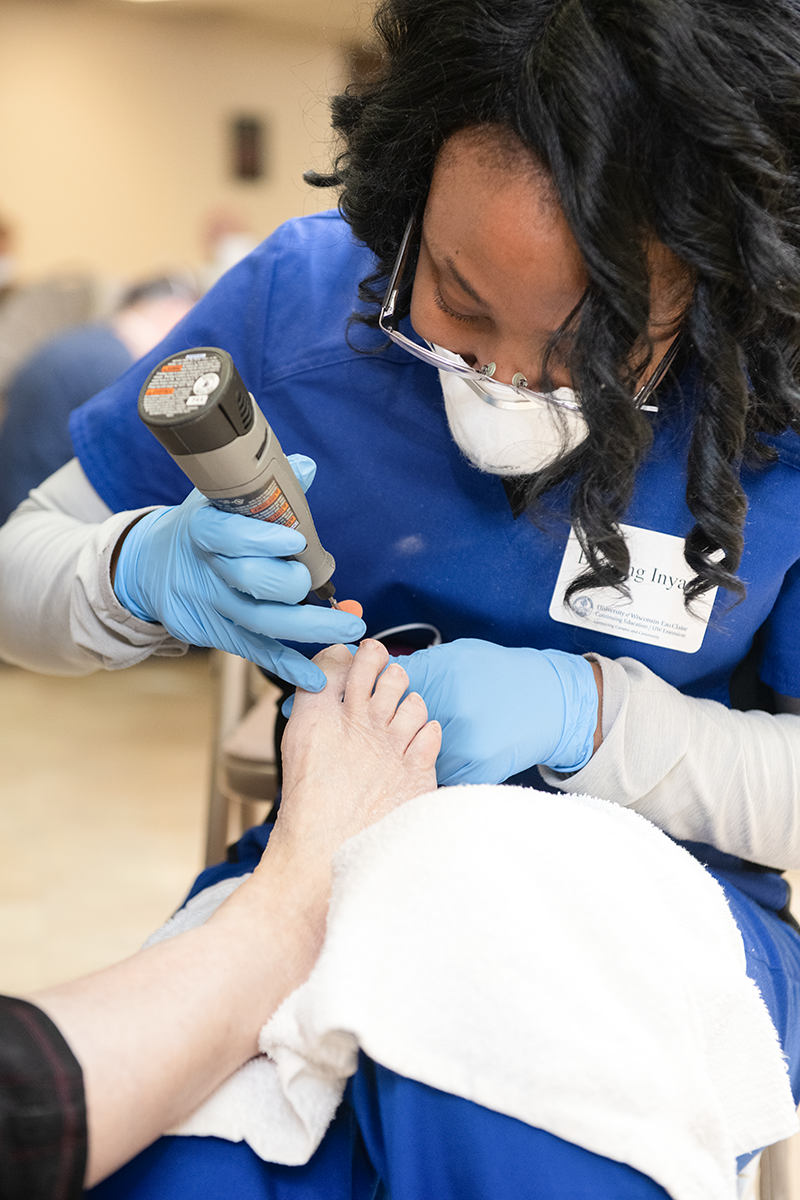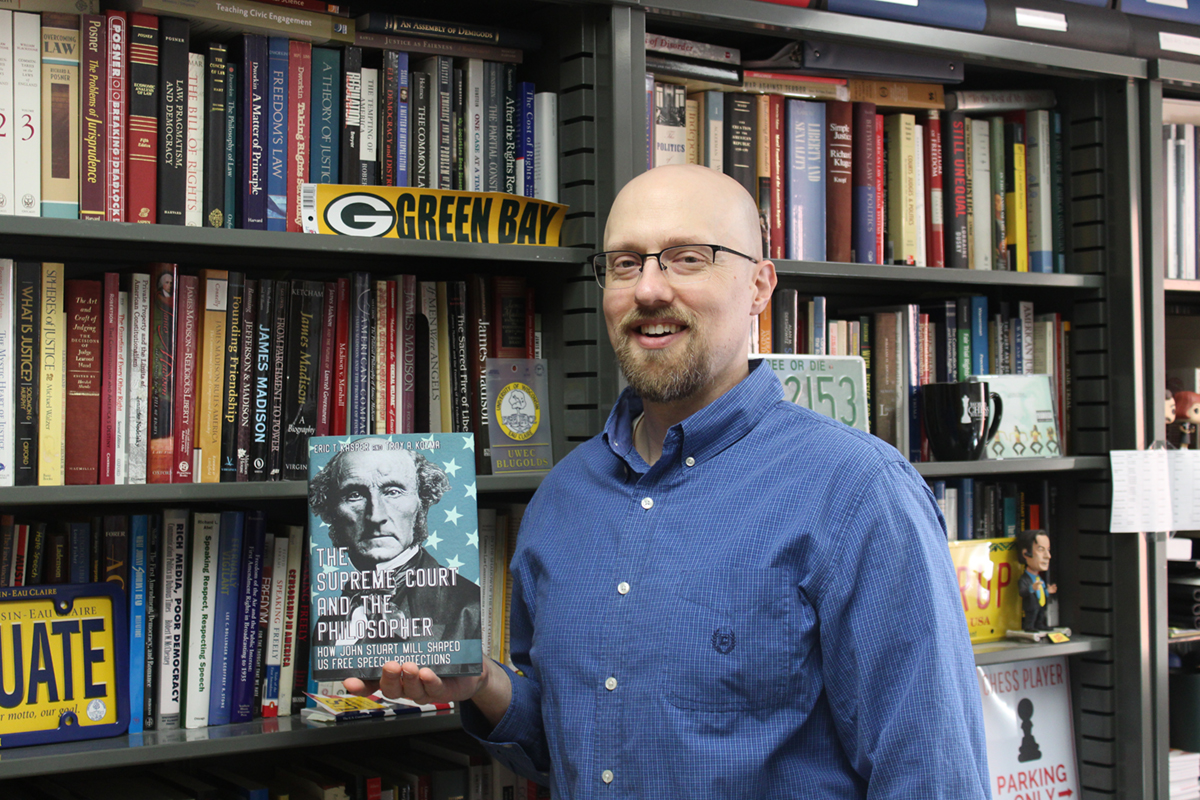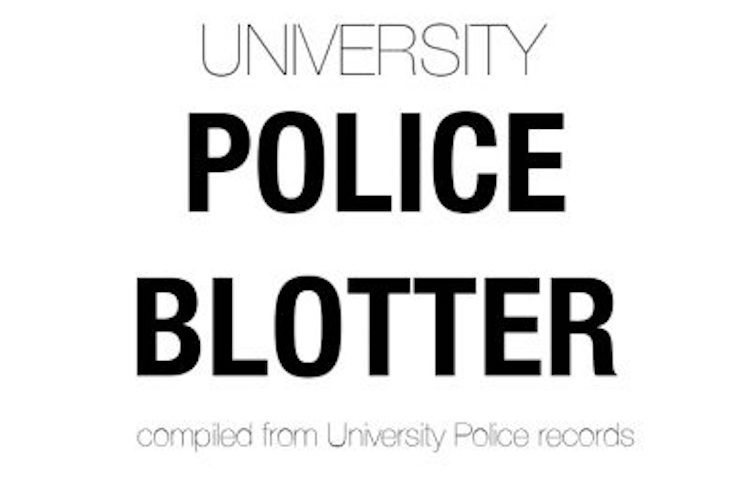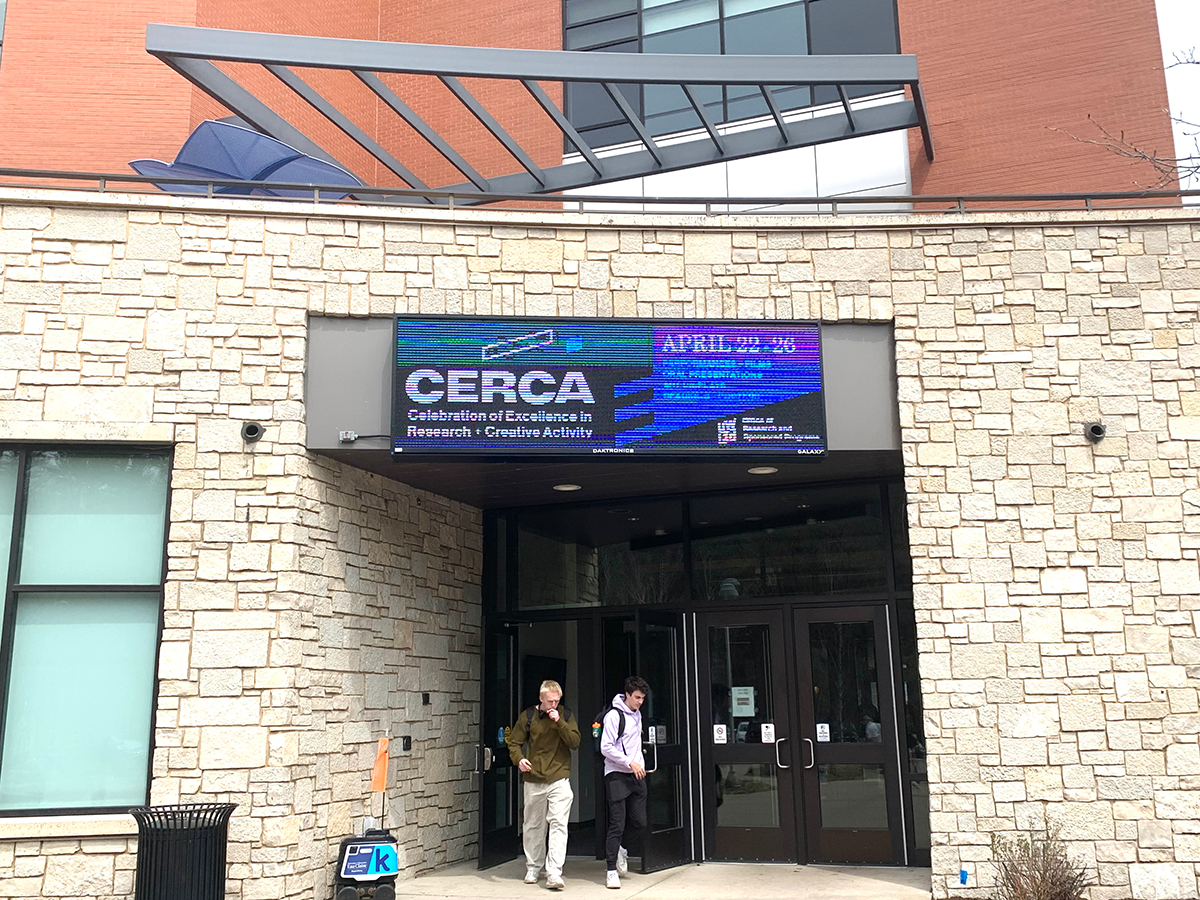In an age of increasing technology and increasing waste, renewable energy has become a highly talked about and highly possible transition for campuses across the country.
Adam C. Gusse, of H&H Solar Energy Services, Inc. in Madison, accepted an invitation from the Environmental Endeavors Commission of the Student Senate last year to analyze and report on the campus’ potential for incorporating both photovoltaics (the method of generating electrical power by converting solar radiation into energy through the use of semiconductors) and solar hot water technologies in its buildings.
Called the Solar Assessment, the 56-page report was turned into the EEC last week and announced, to Director Ben Ponkratz’s delight, that the campus indeed has potential for both technologies.
“The report was by all means a success,” Ponkratz said. “We (the EEC) knew we had to somehow encourage the renewable energy potential of the campus, and the assessment really helped reiterate that.”
One of the methods proposed in the report, Ponkratz said, is a flush metal “skirt” for the roof of the McIntyre library. According to the report, the 15.84 watt device would produce an estimated 19,800 kW per year to the building, offsetting more than 20 tons of carbon dioxide emissions annually.
Another building highlighted in the report was Chancellors Hall – an especially intriguing location because of its year-round residents, Ponkratz said.
Gusse proposed a 59 watt flat rubber roof for the building, which would create an estimated 71,590 kW of energy per year. Approximately 80 tons of carbon dioxide would be emitted annually, the report said.
“The assessment, overall, was extremely comprehensive,” Ponkratz said. “There seem to be so many more options now.”
Professor Joseph Hupy from the Geography and Anthropology department agrees that renewable energy is a good direction for the campus to turn to.
“In terms (of the assessment) … I have heard very positive comments from students,” he said.
While he feels solar power is an important technology to incorporate on campus, Hupy said the EEC shouldn’t stop with just that.
“I think the main approach to solar right now should be passive solar – for heating water and general space … solar output should not be seen as a big fix solution,” he said. “The wind program is something the campus should look to more as well.”
Hupy believes that a modern energy grid, combined with solar and wind, would be the best solution for the campus, both economically and environmentally.
“There is no way we can get away with providing all of our energy from (solar and wind power),” he said. “However, when they are working, we can definitely sell the surplus back if we had a modern energy grid as well.”
The EEC, which has been an official branch of the Student Senate since May of last year, has recently accepted 20 renewable energy proposals from students, faculty and campus organizations, Ponkratz said.
In light of the recently published assessment, he said he’d like to see the different contributors of the proposals formulate together with their ideas.
“A lot of groups had similar proposals … I think there needs to be a collaboration,” Ponkratz said. “I thought, ‘Why not team up and combine them?'”
The commission will host hearings for selected proposals from 5 to 8 p.m. tonight in the Clearwater Room in Davies, he said.
Regardless of the immediate outcome, Ponkratz said he’s satisfied with the steps the campus is making towards sustainability. With the assessment finalized and several groups showing interest in contributing to the sustainability of the campus, he believes the future will only get better from this point forward.
“Sustainability is something we’re really passionate about,” he said. “More people are starting to get involved, and that’s what we love to see – we can really start to fan a movement from here.”

